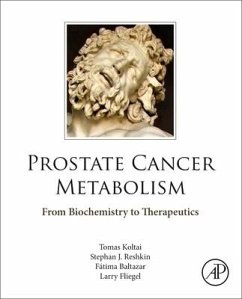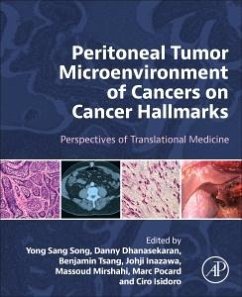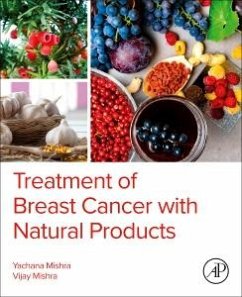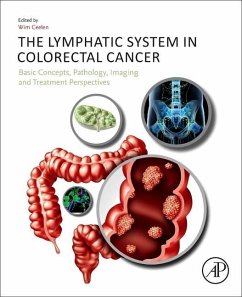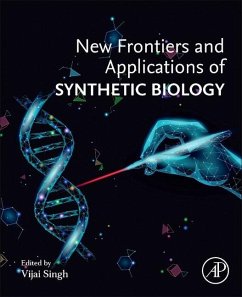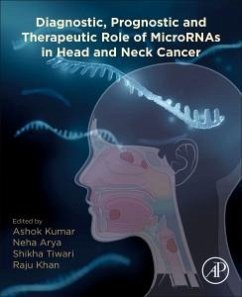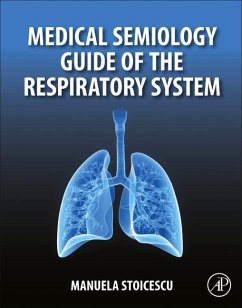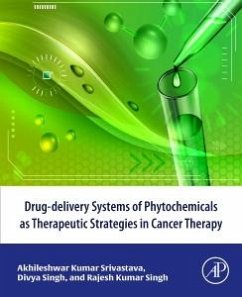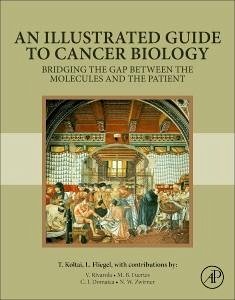
An Illustrated Guide to Cancer Biology
Versandkostenfrei!
Erscheint vorauss. 1. Februar 2026
200,99 €
inkl. MwSt.
An Illustrated Guide to Cancer Biology offers a comprehensive exploration of the fundamentals of oncological molecular biology and provides valuable insights into topics such as cancer cell migration, chemotherapeutic drug mechanisms, and the roles of RNA in cancer. With 33 chapters covering a wide array of subjects, including the Hanahan and Weinberg hallmarks of cancer, tumor heterogeneity, and hormone-dependent cancer, this guide serves as an indispensable resource for researchers, students, and practicing oncologists in medicine, oncology, and biochemistry alike. This book stands out not o...
An Illustrated Guide to Cancer Biology offers a comprehensive exploration of the fundamentals of oncological molecular biology and provides valuable insights into topics such as cancer cell migration, chemotherapeutic drug mechanisms, and the roles of RNA in cancer. With 33 chapters covering a wide array of subjects, including the Hanahan and Weinberg hallmarks of cancer, tumor heterogeneity, and hormone-dependent cancer, this guide serves as an indispensable resource for researchers, students, and practicing oncologists in medicine, oncology, and biochemistry alike. This book stands out not only for its comprehensive coverage of diverse topics but also for its unique approach. With over 400 figures strategically interspersed throughout the text, this book offers readers a visually engaging journey through the intricacies of cancer biology. These illustrations, ranging from molecular pathways to cellular interactions, make navigating topics like chemotherapeutic drug mechanisms and tumor heterogeneity more accessible. Additionally, the inclusion of sections on repurposing drugs, tumor kinetics, and epigenetics further aids in a deep understanding of cancer biology.




